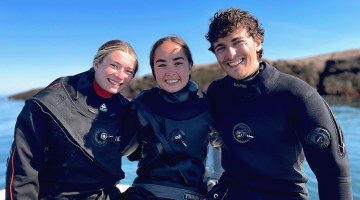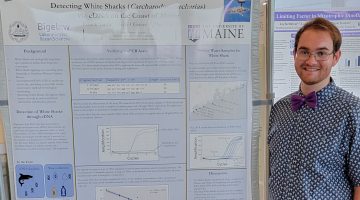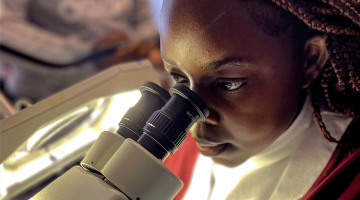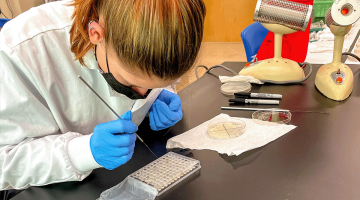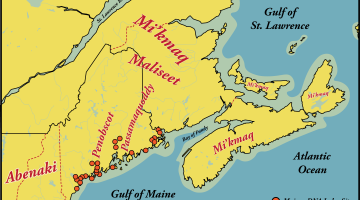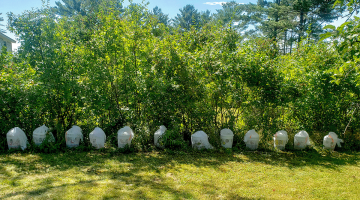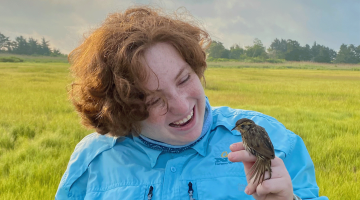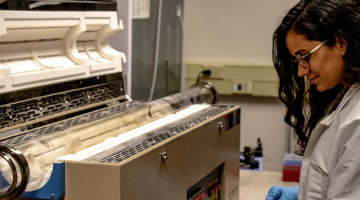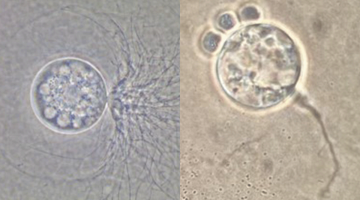Maine’s kelp forests and the impact of environmental change
By, Camryn Sudimick, Maine EPSCoR Writing Intern The Gulf of Maine (GoM) is warming rapidly, and ecosystems contained within, including Maine’s rocky reefs, are undergoing significant changes. The kelp forest habitats along Maine’s coast are transitioning to red algae turf reefs. These kelp forests stand from one to a few meters tall that fish and […]
Read more
